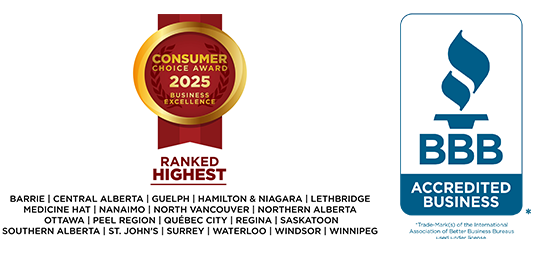A secured debt is directly tied to an asset which may be seized by a lender if you fail to make your required payments on it. For example, a mortgage is considered a secured loan, with your home as the related asset. If you fail to make your mortgage payments, your secured mortgage lender has the right to foreclose on (i.e. seize) your home and sell it to pay off your debt. If the proceeds from the sale of an asset don’t entirely cover your debt, your lender will usually require you to pay the difference. Typically speaking, secured debts include loans for your home (including second mortgages), vehicles (including cars, boats, RVs, equipment, etc.) or personal loans that pledge personal property as collateral.
In contrast, unsecured debts do not give your creditors any right to directly seize your assets. If you fall behind on payments, they may take other actions, such as garnishing your wages, hiring a debt collector or threatening legal action. In addition, they will likely report your delinquency to a credit bureau, which may hurt your credit score. Examples of unsecured debts include credit cards, student loans, payday loans, cable / phone bills, utilities and debts owing to the government (CRA) for income taxes.


